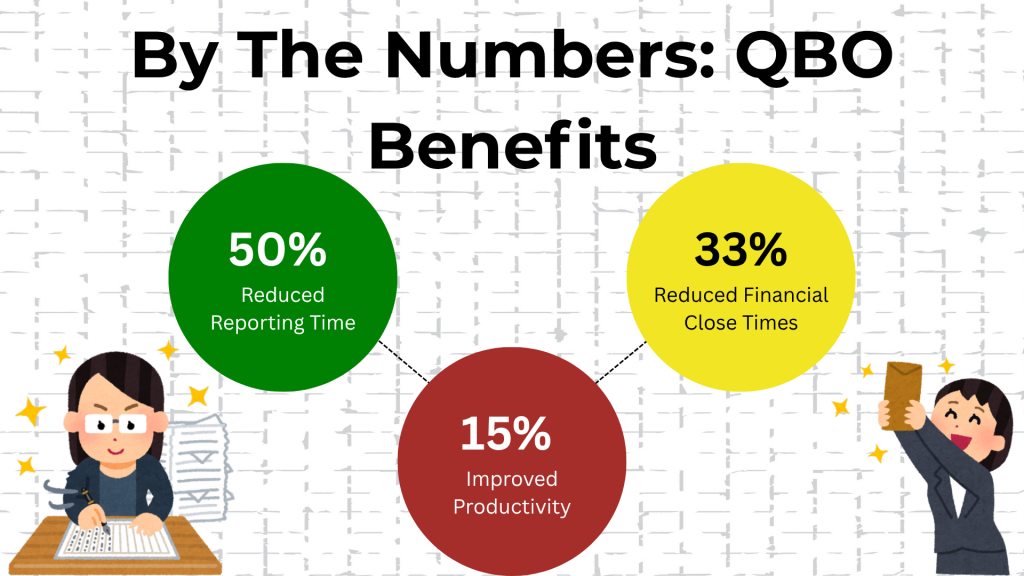Ever felt like your business data lives in silos—trapped in spreadsheets, stuck in legacy software, or scattered across different apps? So did Lauren, a rapidly growing construction company owner, who was once buried in manual data headaches. With the right data pipeline strategies and QuickBooks Advanced, Lauren conquered her operational chaos and forever changed how her team made decisions.
The Roadblock: Data Silos Slow Growth
Lauren’s business had doubled in just two years. But success brought complications. Purchase orders, invoices, payroll data, and job costing were handled in siloed systems. Every week, her team manually exported reports from QuickBooks, copied data into spreadsheets, and re-entered information into project management tools. The result? Missed deadlines, financial errors, and slow decision-making.
Why Are Data Silos a Hidden Threat?
- What’s the true cost of re-entering data and reconciling errors every month?
- If one mistake leads to a six-figure error, how quickly could the business recover?
- How much opportunity is lost every time you wait for someone to “pull a report”?
Lauren realized that without real-time insight, her projects risked running over budget and her team was working overtime on data that could automate itself. She needed a smarter way to connect systems—one that scaled with her business.
The Spark: Building a Data Pipeline with QuickBooks Advanced
Lauren’s accountant suggested integrating a data pipeline—automated workflows to move, clean, and transfer data securely in and out of QuickBooks Advanced. Instead of pushing papers, the systems would “talk” to each other, updating records and generating custom dashboards instantly.
“In a Forrester Total Economic Impact™ study commissioned by Intuit, QuickBooks customers were able to reduce time spent on reporting by up to 50% after implementing better data connectivity and integrations.”
– Forrester, 2023.
What Does a Data Pipeline Actually Do?
- How could automating data exchange eliminate repetitive work for your team?
- What new insights would you gain if analytics updated in real time, not days later?
- Would bridging QuickBooks with your CRM or payroll app close the visibility gap?
Lauren’s team implemented a cloud-based data pipeline using QuickBooks Advanced’s API. Purchases from their field app flowed automatically into QuickBooks. Job costing data pushed straight to project dashboards. Payroll hours synced seamlessly—no more manual double-entry.
The Breakthrough: Operational Success and Peace of Mind
Three months into the change, the results spoke for themselves. Weekly financial reporting time dropped by more than 60%. Errors from manual entry virtually disappeared. Best of all, project managers were empowered with up-to-date information, making proactive decisions rather than reacting to problems.
“According to FinancesOnline, businesses using integrated accounting and operational platforms improved productivity by 15% and reduced financial close times by up to 33%.”
– FinancesOnline, 2024.

Socratic Lessons: What Can We Learn?
- How much value could your team create if they spent less time copying data and more time on growth activities?
- Could you trust your numbers confidently during tax time if everything reconciled automatically?
- What level of freedom would you gain knowing your business data flows wherever needed—securely and instantly?
The story of Lauren’s company is more than a tale of software; it’s about removing friction and enabling growth through smarter systems. Data pipelines, especially when paired with QuickBooks Advanced, transform operational pain points into a springboard for efficiency and insight.
Key Takeaways: The Power of Data Integration in QuickBooks Advanced
- Time Saved Equals More Value Created: Automating data transfers frees your team for higher-impact work.
- Seamless Insight: Real-time dashboards help you make decisions faster and with more confidence.
- Lower Risk: Reduced manual entry decreases error rates—protecting your bottom line.
- Competitive Edge: Integrated systems empower you to spot trends and opportunities earlier.
Thinking Forward
If your growing business still struggles with outdated, fragmented financial data, Lauren’s transformation is proof that modern tools and a well-architected data pipeline can help you turn bottlenecks into breakthroughs.
- What’s one manual process you wish you could automate today?
- Is your team driving business growth—or just managing the data chaos?
The right financial technology can help you answer those questions—and unlock your business’s next level of performance.



